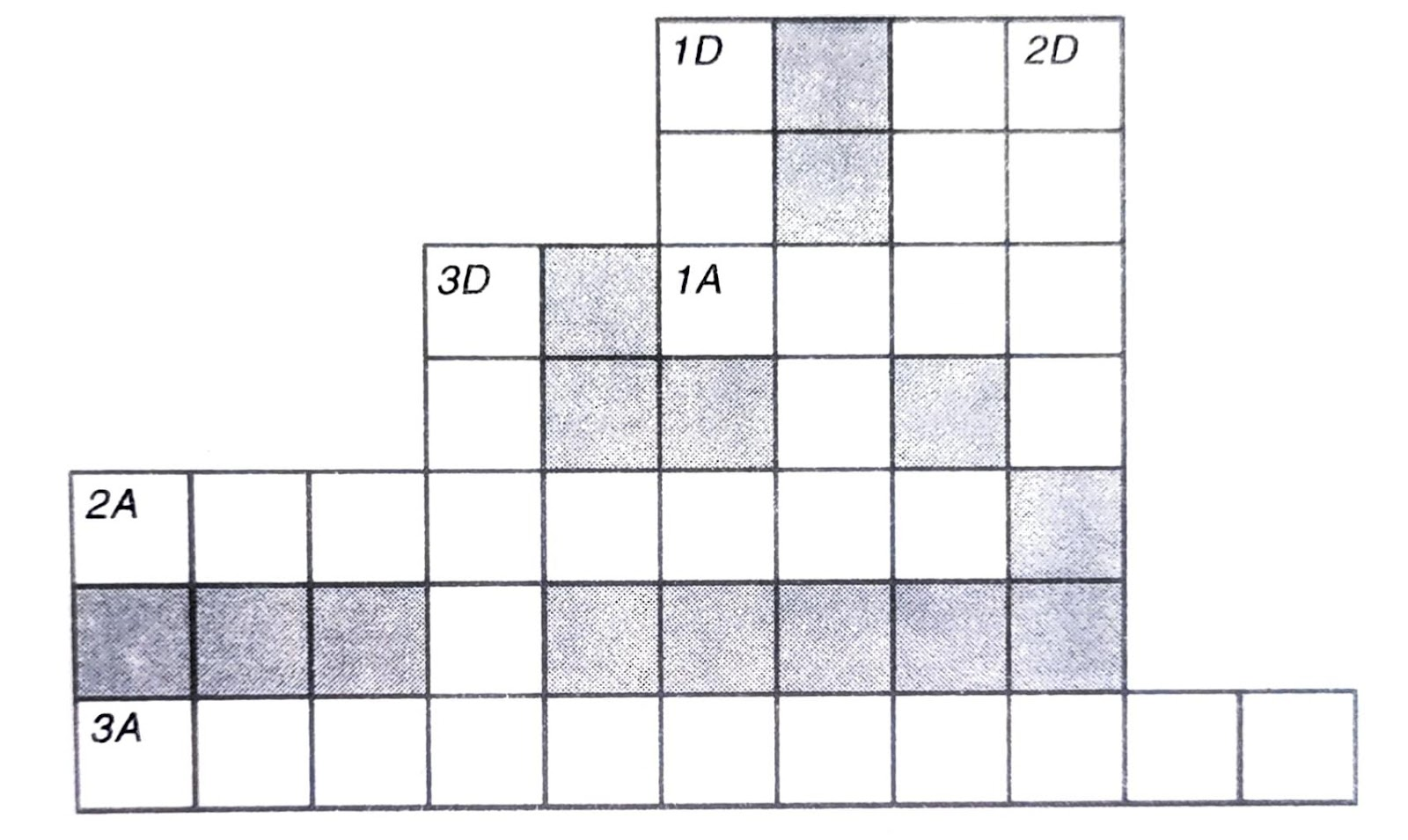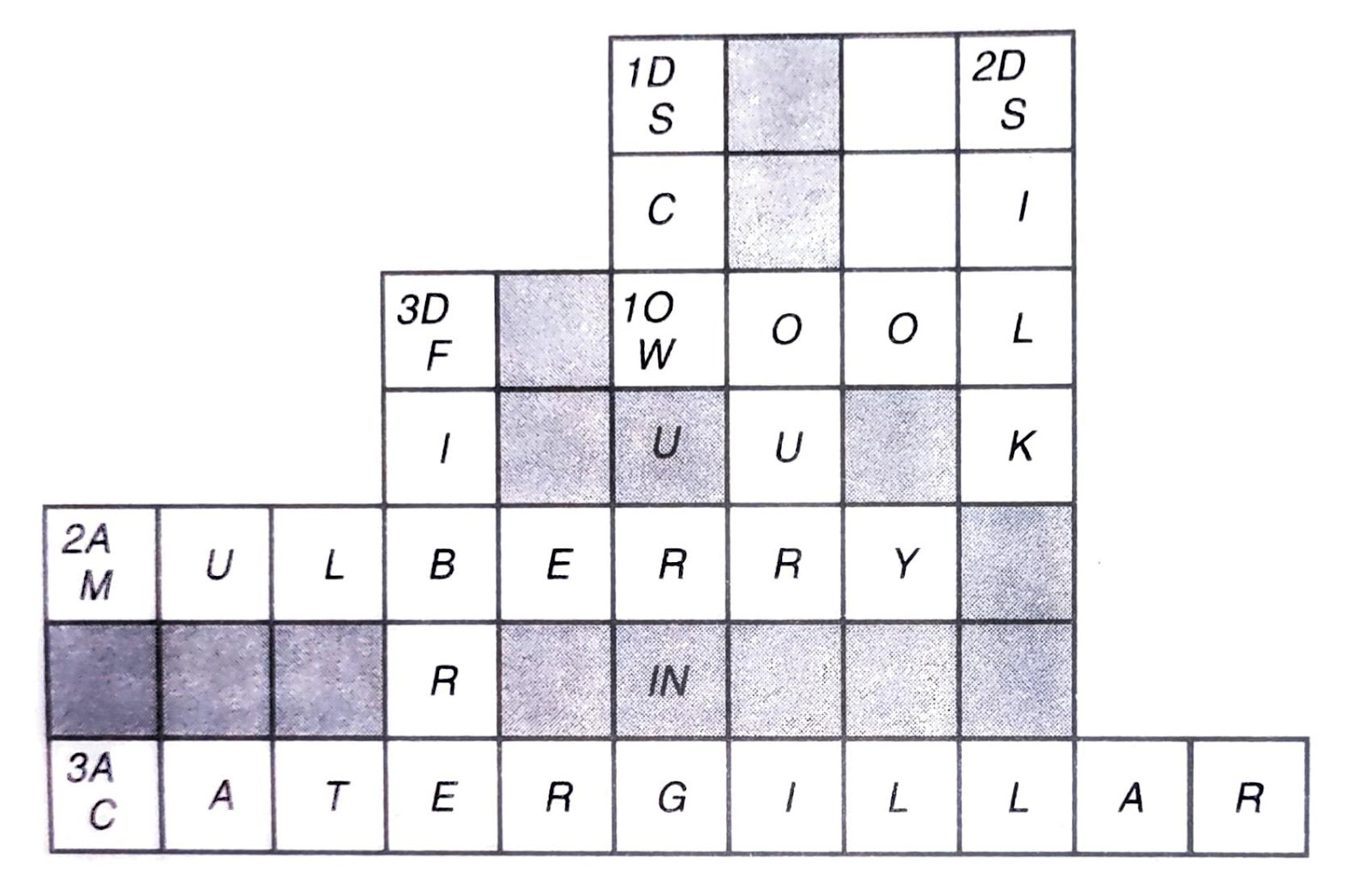SEBA Class 7 Science Chapter 1 Fibre to Fabric – Textbook Solutions & MCQ (Part II)
Find Class 7 Science Chapter 1 “Fibre to Fabric” Solutions for SEBA Assam (English Medium) students. This chapter, from Part II of the Science book, explains how natural and synthetic fibres are obtained and converted into fabrics. It covers the process of obtaining wool and silk, different types of fibres, and their uses in daily life. Our solutions include detailed textbook answers, multiple-choice questions (MCQs), and important explanations, helping students understand the entire process of fabric production, from raw materials to finished textiles. These solutions are designed to enhance conceptual clarity and improve exam preparation.
Class 7 Science
Chapter – 1 (Part II) Ospin Academy
Fibre to Fabric
EXERCISE
Q. 1. You must be familiar with the following nursery rhymes:
(i) Baa baa black sheep, have you any wool’.
(ii) ‘Mary had a little lamb, whose fleece was white as snow’.
Answer the following:
(a) Which parts of the black sheep have wool?
Ans: The hair (fleece) of the black sheep have wool.
(b) What is meant by the white fleece of the lamb?
Ans: The white fleece is the white hair of the lamb.
Q. 2. The silkworm is:
(a) a caterpillar,
(b) a larva. Choose the correct option:
(i) (a)
(ii) (b)
(iii) both (a) and (b)
(iv) neither (a) nor (b).
Ans: (iii) Both (a) and (b).
Q. 3. Which of the following does not yield wool?
(i) Yak
(ii) Camel
(iii) Goat
(iv) Woolly dog.
Ans: (iv) Woolly dog.
Q. 4. What is meant by the following terms?
(i) Rearing.
Ans: The process of keeping, feeding, breeding and medical care of useful animals is called rearing of animals. These animals produce one or more useful products for human beings.
(ii) Shearing.
Ans: The fleece of the sheep along with a thin layer of skin is removed from its body. This process is called shearing.
(iii) Sericulture.
Ans: The rearing of silkworms for obtaining silk is called sericulture.
Q.5. Given below is a sequence of steps in the processing of wool. Which are the missing steps? Add them.
Shearing _______ sorting, _________, __________, ___________.
Ans: Shearing, scouring, sorting, drying, dyeing, spinning, weaving.
Q. 6. Make sketches of the two stages in the life history of the silk moth which are directly related to the production of silk.
Ans: Silkworm → Cocoon with pupa
Q. 7. Out of the fol! wing, which are the two terms related to silk production?
Sericulture, Floriculture, Moriculture, Apiculture, Silviculture.
Hints:
(i) Silk production involves cultivation of Mulberry leaves and rearing silkworms.
(ii) Scientific name of Mulberry is Morus alba.
Ans: (i) Sericulture.
(ii) Moriculture.
Q. 8. Match the words of Column I with those given in Column II:
|
Column – I |
Column – II |
|---|---|
|
1. Scouring |
(a) Yields silk fibers |
|
2. Mulberry leaves |
(b) Wool yielding animal |
|
3. Yak |
(c) Food of silk worm |
|
4. Cocoon |
(d) Reeling (e) Cleaning sheared skin |
Ans:
|
Column – I |
Column – II |
|---|---|
|
1. Scouring |
(e) Cleaning sheared skin |
|
2. Mulberry leaves |
(c) Food of silk worm |
|
3. Yak |
(b) Wool yielding animal |
|
4. Cocoon |
(a) Yields silk fibers |
Q.9. Given below is a cross word puzzle based on this lesson. Use hints to fill in the blank spaces with letters that complete the words:
|
Down |
Acros |
|---|---|
|
1. Thorough washing |
1. Keep warm |
|
2. Animal fiber |
2. Its leaves are eaten by silkworms |
|
3. Long thread like structure |
3. Hatches from egg of moth |

Ans:

Q1: What are natural and synthetic fibres?
Natural fibres are obtained from plants (cotton, jute) and animals (wool, silk), while synthetic fibres like nylon and polyester are made from chemicals.
Q2: How is wool obtained and processed?
Wool is obtained from sheep, goats, and other animals. It undergoes shearing, cleaning, carding, spinning, and weaving to make fabric.
Q3: What is sericulture?
Sericulture is the process of rearing silkworms to produce silk fibres, which are woven into silk fabric.
Q4: Where can I find Class 7 Science Chapter 1 solutions for SEBA Assam?
You can find detailed textbook solutions, MCQs, and explanations for SEBA Assam Class 7 Science Chapter 1 (Part II) on this page.
Q5: Where can I find solutions for all Class 7 Science chapters?
To get solutions for all Class 7 Science chapters, Click Here

रममाण bantyparalkar@gmail.com